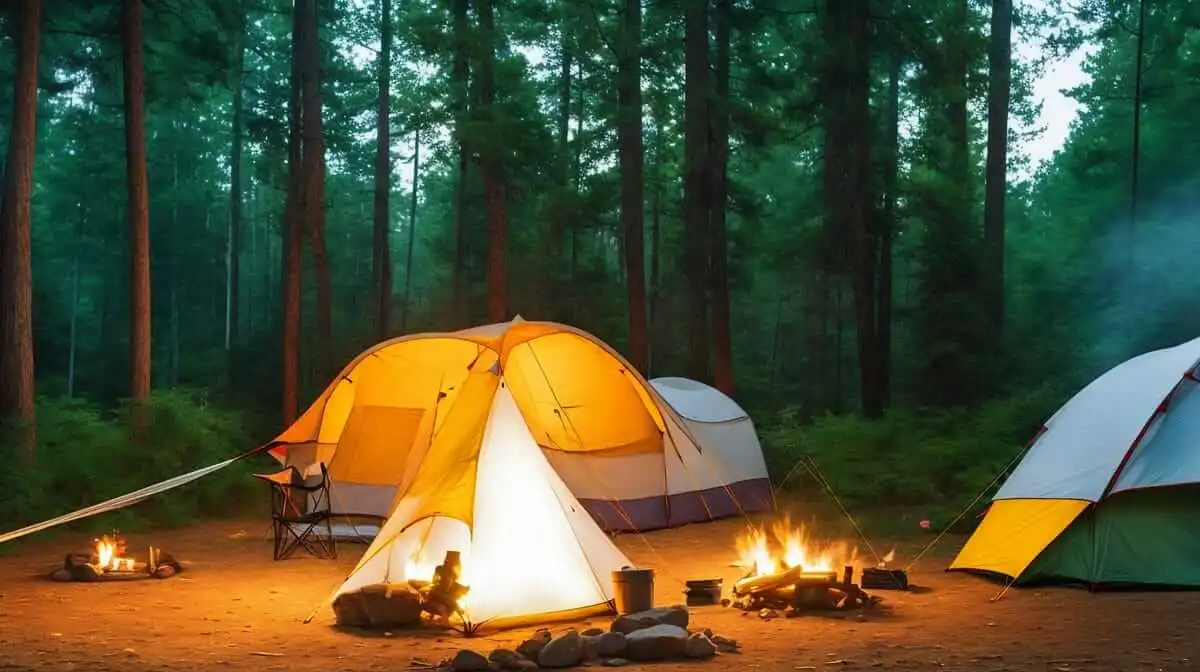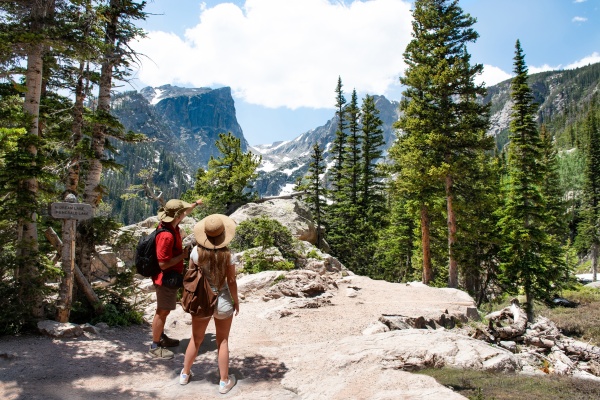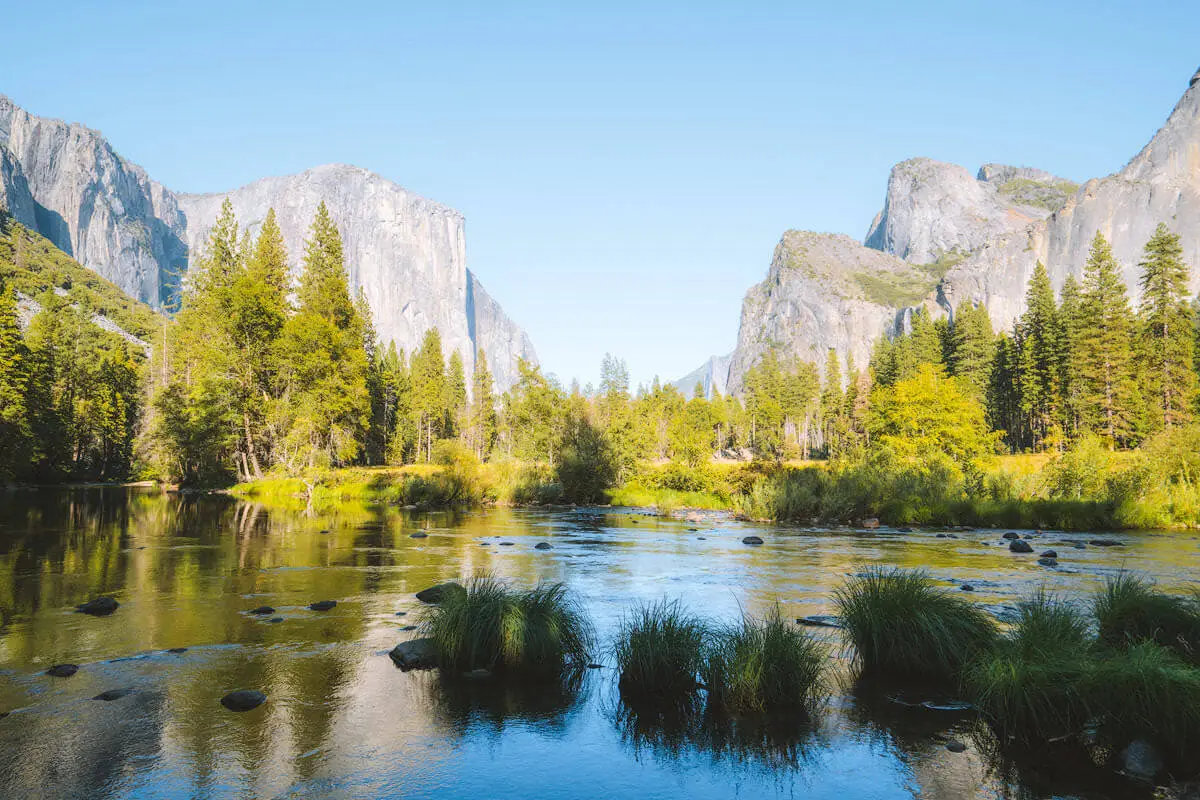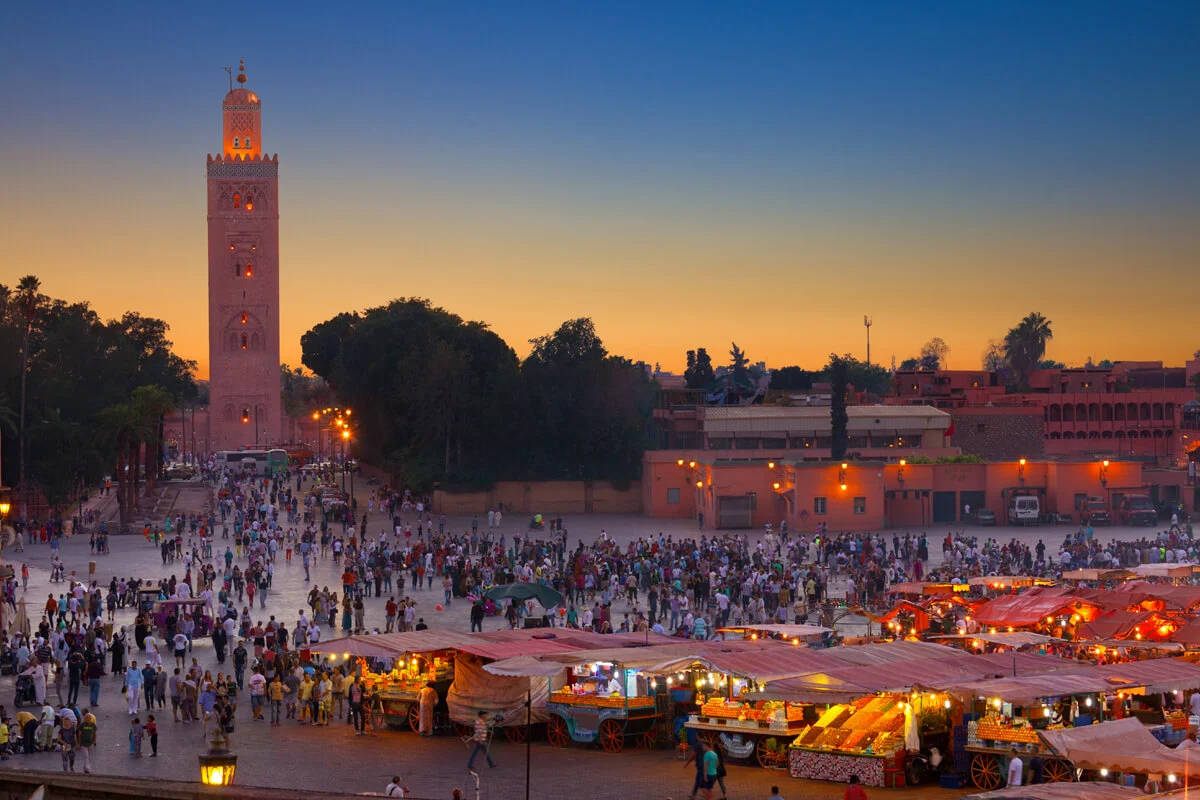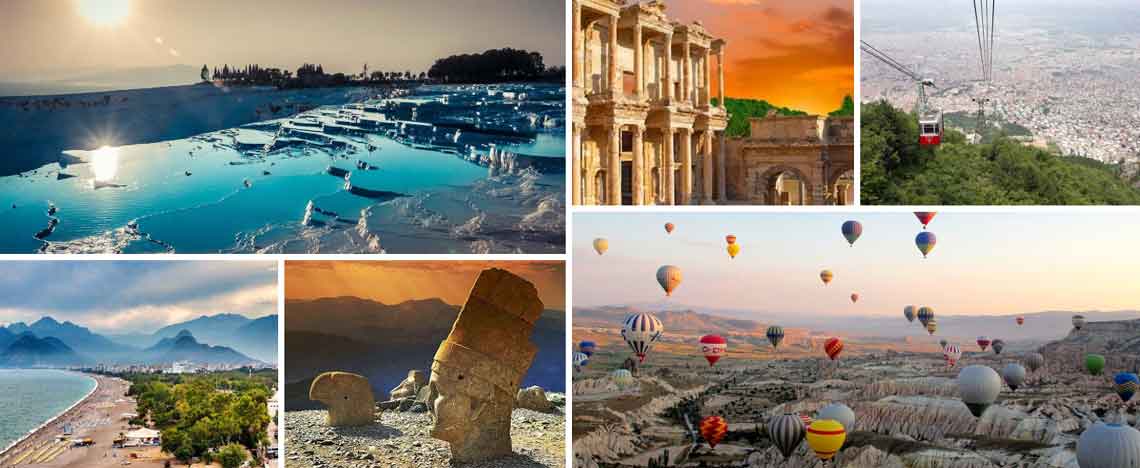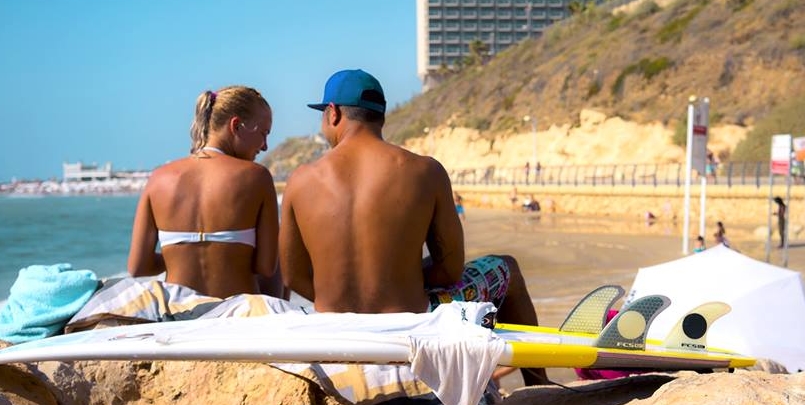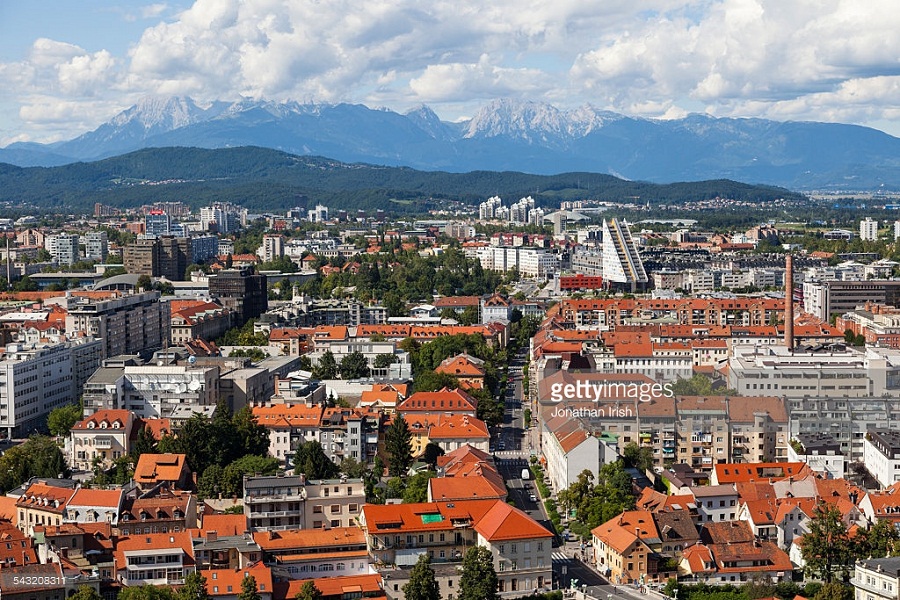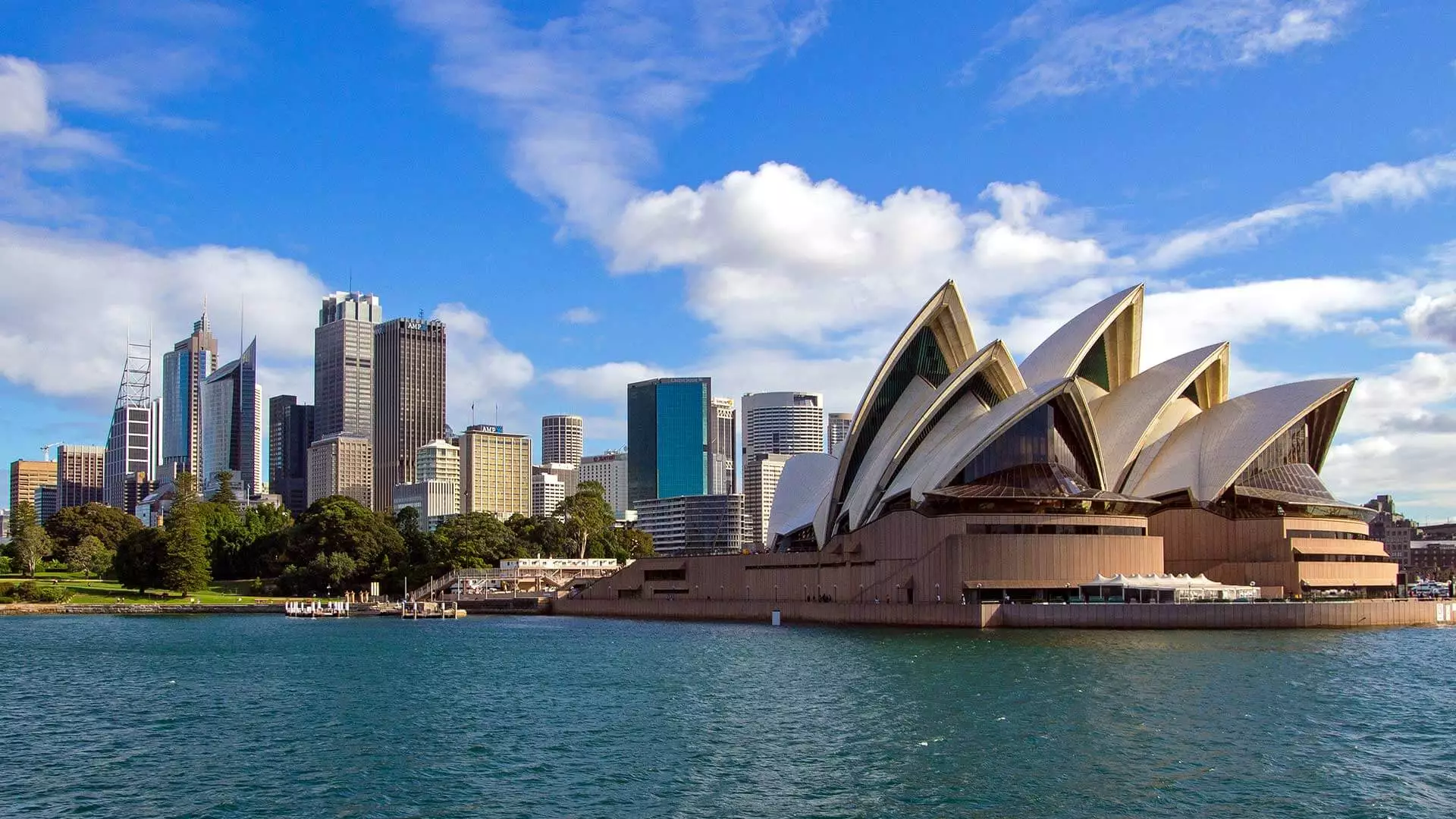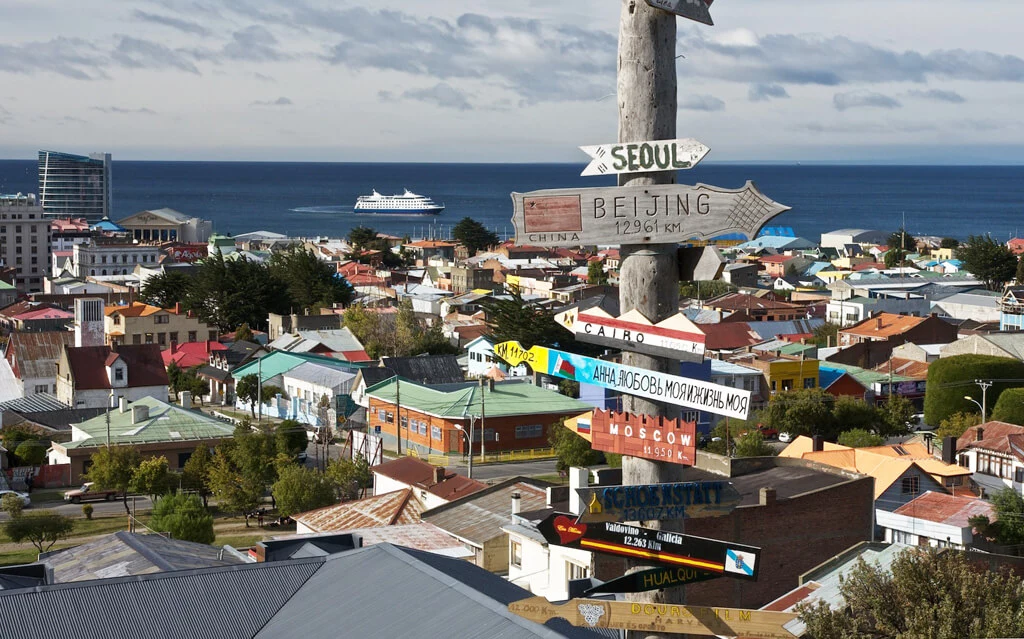Every outdoor explorer brings their unique set of abilities, limitations, wants, and ambitions to the camping experience because it is such a very personal one. Thus, when packing for your upcoming trip, you should definitely carry a different assortment of supplies than your travelling companion. For instance, you might wish to bring your camera while your friend would rather bring a book. There are a few of items that every camper will need to pack, so your equipment list won’t be completely different from your friends’. A few things are also required for the group but don’t have to be carried by each individual party member.
The items that should be included in every camper’s pack and the items that should be distributed among the group members will both be covered in the sections that follow.
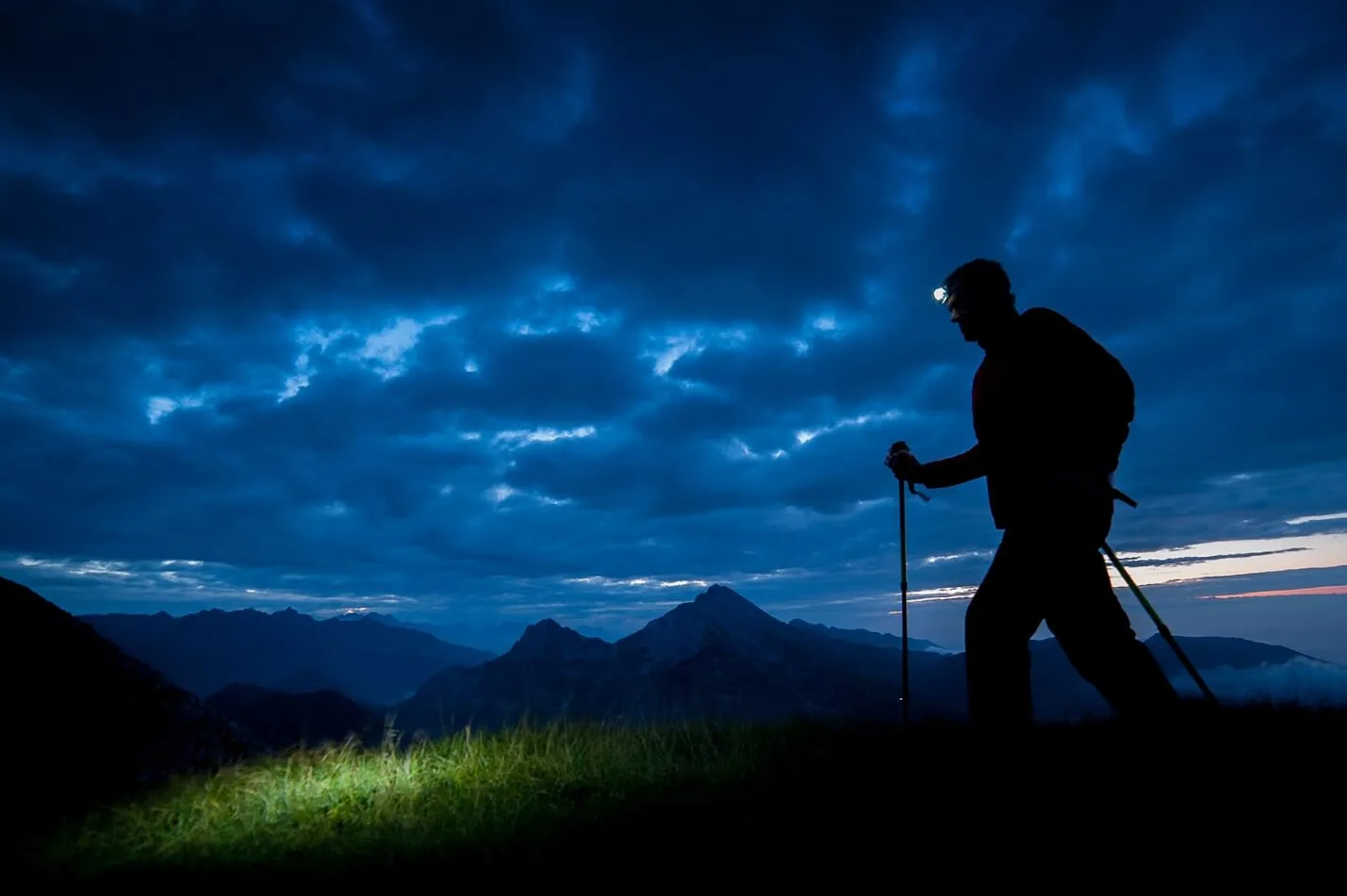
What Camping Equipment Should I Bring?
Regardless of where you are going or how long your trip will last, you will generally need these items. It is usually advisable to give these goods top priority when allocating your camping-gear money because you will use them on every trip.
Bag for Sleeping
While you’re sleeping outside in the elements, you’ll stay warm with the help of a sleeping bag or camping blanket, which will also provide some body cushioning. However, if you are the sort who can sleep anyplace, you may want to skip bringing a sleeping pad. Most campers choose to do this.
The majority of campers will also use a tent, but those who want to go all out may decide to use an enclosed bag or bevy-style bag, which will keep you dry in the rain and snow. Although they’re not always as much fun for recreational campers, these may keep you warmer than a standard tent in cold weather and, obviously, they help you save room in your pack and reduce a lot of weight.
Can of Water
Campers have a number of better options today than they did decades ago, when camping websites and publications would identify a canteen as one of the necessities for every camper to have. They have narrow mouths, which restricts their flexibility, and canteens kind of taste funny when you drink water. For instance, soup is not an easy dish to make in them.
Today’s campers typically pack a plastic bottle with a wide mouth. Since they were first made by a firm with the same name, Nalgene, these bottles are frequently referred to as Nalgene bottles today but are really produced by a number of different companies. Because there are variations among the models, be sure to consider your decision thoroughly and exercise discrimination while making a purchase.
Flashlight
A flashlight ought to be carried by each camper. As sharing a flashlight is not at all enjoyable, flashlights are not only necessary for safety but also for your mental health. Choose a small, light-weight flashlight that is comfortable in your hand, produces a lot of lumens, has an easy-to-activate button, and is compact and lightweight.
While some campers prefer to bring headlamps, it is advisable to also pack a flashlight because it has many advantages over headlamps. It could be challenging to maintain a steady headlight for a long time, for instance.
Multitool
One of the key items in any camper’s kit should be a good multitool. Modern outdoor enthusiasts’ equivalent of the Swiss army knife. Using a multitool allows you to put a variety of tools into a small, portable container.
The most basic multitools will often include pliers, screwdrivers, scissors, and a knife blade, while the most complex models will have everything but the kitchen sink. You’ll need to balance the opposing forces of weight and luxury, just like with practically every other camping-gear decision, so pay close attention to your needs while choosing your selection.
Kit for Survival
Every camper should prepare a tiny survival kit as one of their first items before leaving. If a worst-case situation occurs during your journey, it should have everything you’d need to survive. Some campers choose to buy survival kits that have already been put together for them, while others prefer to make their own survival kits from scratch. Either strategy is acceptable as long as you remember to include everything. If you’re interested in creating your own survival kit, look at our tutorial.
Your decisions, your bag, and your equipment
The terrain, wildlife, climate, and local rules of your destination may require you to make adjustments to this equipment list because every camping trip is unique. In light of this, no list, not even the one above, should be seen as complete and accurate. Always prepare your vacation thoroughly to make sure you have a wonderful time and stay safe while taking in the great outdoors.
However, the aforementioned goods do reflect the essential equipment and resources you’ll need to make sure the majority of the memories you’ll create will make you smile. Additionally, some campers are more willing to put up with challenging circumstances than others. This list was created for the “average” camper that desires a level of comfort throughout their trip. The normal weekend camper will probably have a lot better experience if protected from the weather, notwithstanding the disapproval of ultralight campers and survival-minded minimalists for tents.
Contrarily, folks who camp in cars and those who need access to restrooms and showers while outdoors may wish to double or triple the length of this list. There’s nothing wrong with that at all as long as you’re driving up to your campsite. Were there any items missing that you felt were essential for camping? Your opinions on the matter are highly desired. Please list any additional goods you always bring, whether they are for your own needs or the requirements of the group.

Linda Lucero is a travel blogger from the US. She loves to meet new people and explore new cultures, as well as try delicious foods. Linda’s blog is full of her adventures around the world! In her spare time, she likes reading books about other cultures and how they might be different from what she knows in the United States.

